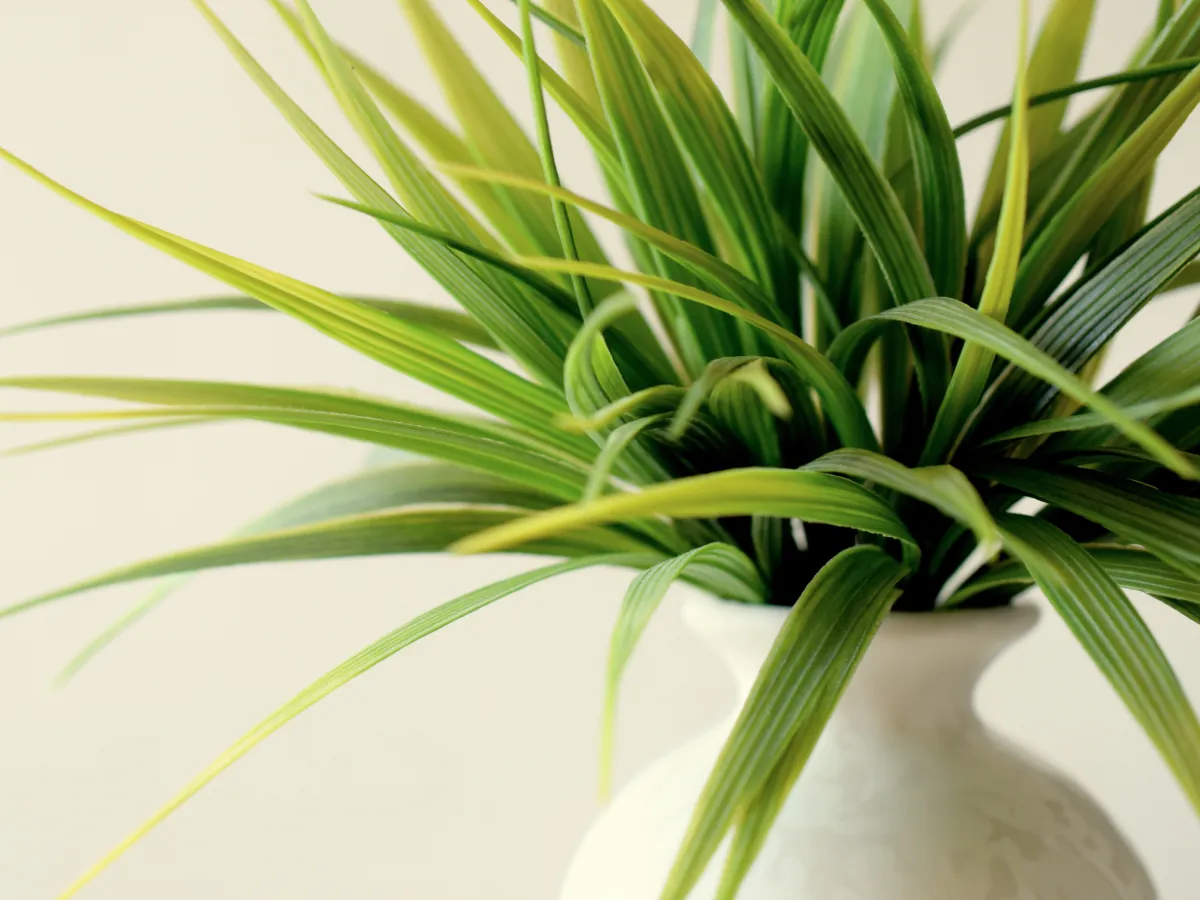The Ultimate Guide to Indoor Plant Care
Indoor plants are more than just decorative items; they add life, purify the air, and create a calm atmosphere in our homes. However, to keep your indoor plants thriving, it’s essential to understand their needs and provide them with the proper care. Whether you’re a seasoned plant owner or just starting your indoor garden, this guide will walk you through the fundamentals of indoor plant care.
1. Light Requirements: Understanding Your Plant’s Needs
Light is one of the most critical factors for the growth of indoor plants. While some plants can adapt to low-light conditions, most require indirect or bright, filtered sunlight.
- Bright Light: Plants like succulents and cacti thrive in bright, direct sunlight. Place them near a south-facing window for the best results.
- Indirect Light: Many common houseplants, such as pothos, peace lilies, and snake plants, prefer bright but indirect light. They do best when placed near east- or west-facing windows, where they receive light but aren’t exposed to direct sunlight.
- Low Light: If your home lacks natural light, plants like ZZ plants, philodendrons, and Chinese evergreen will still thrive in low-light conditions.
When placing your plants, observe their reactions. If they appear leggy or start to yellow, they may need more light. If the leaves are browning or burning, they might need less direct sunlight.
2. Watering: Finding the Right Balance
Watering is where most plant parents go wrong, either by overwatering or underwatering. The key is to find a balance.
- Know Your Plant’s Water Needs: Different plants have different water requirements. Succulents and cacti prefer to dry out completely between watering, while tropical plants like ferns and philodendrons prefer consistently moist (but not soggy) soil.
- Water When Needed, Not on a Schedule: The best way to determine if your plant needs water is to check the soil. Stick your finger into the soil up to the first knuckle; if it’s dry, it’s time to water. For some plants, you can use a moisture meter to get more accurate readings.
- How to Water: When watering, give the plant a thorough soak, allowing water to drain out of the bottom of the pot. Avoid letting your plant sit in standing water as this can lead to root rot.
If you’re unsure about your plant’s watering needs, it’s better to underwater than overwater. Most plants can recover from dehydration, but root rot caused by overwatering is much harder to treat.
3. Humidity: Creating the Right Environment
Many indoor plants, especially tropical varieties, thrive in environments with higher humidity. During the winter months or in dry climates, indoor air can be too dry for plants like ferns, calatheas, or orchids.
Here are a few ways to increase humidity around your plants:
- Misting: Lightly mist your plants a few times a week, especially in the morning, to mimic the humidity they would receive in their natural environment.
- Grouping Plants: Place plants together to create a micro-humidity zone. As they release moisture through their leaves, they help increase the humidity in the surrounding air.
- Humidifiers: For plants that need consistent humidity, consider investing in a small humidifier and place it near your plants.
4. Soil and Repotting: Keeping Your Plants Comfortable
Indoor plants need well-draining soil that provides the right nutrients and allows excess water to flow out easily. Regular potting soil is ideal for most houseplants, but succulents and cacti require a more specialized mix with sand or perlite for better drainage.
Over time, your plants will outgrow their pots, and their soil will become depleted of nutrients. Here’s when repotting becomes essential:
- When to Repot: If your plant is becoming root-bound (roots growing out of the drainage holes or circling the pot), it’s time to repot. Ideally, this should be done every one to two years.
- How to Repot: Choose a pot that is 1-2 inches larger in diameter than the current one. Carefully remove the plant from its pot, shake off excess soil, and place it in the new container. Fill the gaps with fresh soil, ensuring the plant is stable.
5. Fertilizing: Providing Essential Nutrients
Indoor plants, especially during their growing season (spring and summer), need extra nutrients to thrive. Fertilizers help replenish the nutrients that get depleted from the soil.
- Frequency: During the growing season, fertilize your plants every 4-6 weeks. In winter, when plants are dormant, you can reduce or stop fertilizing altogether.
- Type of Fertilizer: Use a balanced, water-soluble fertilizer for most plants. For flowering plants, choose a fertilizer with higher phosphorus content, and for foliage plants, opt for one with more nitrogen.

0 Comments